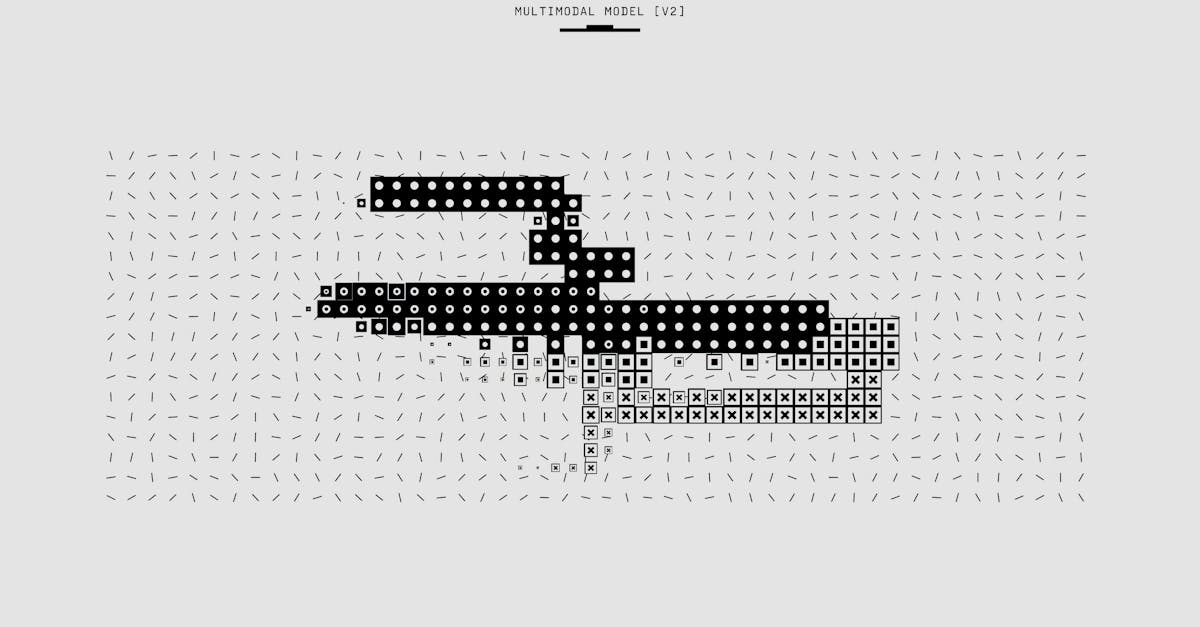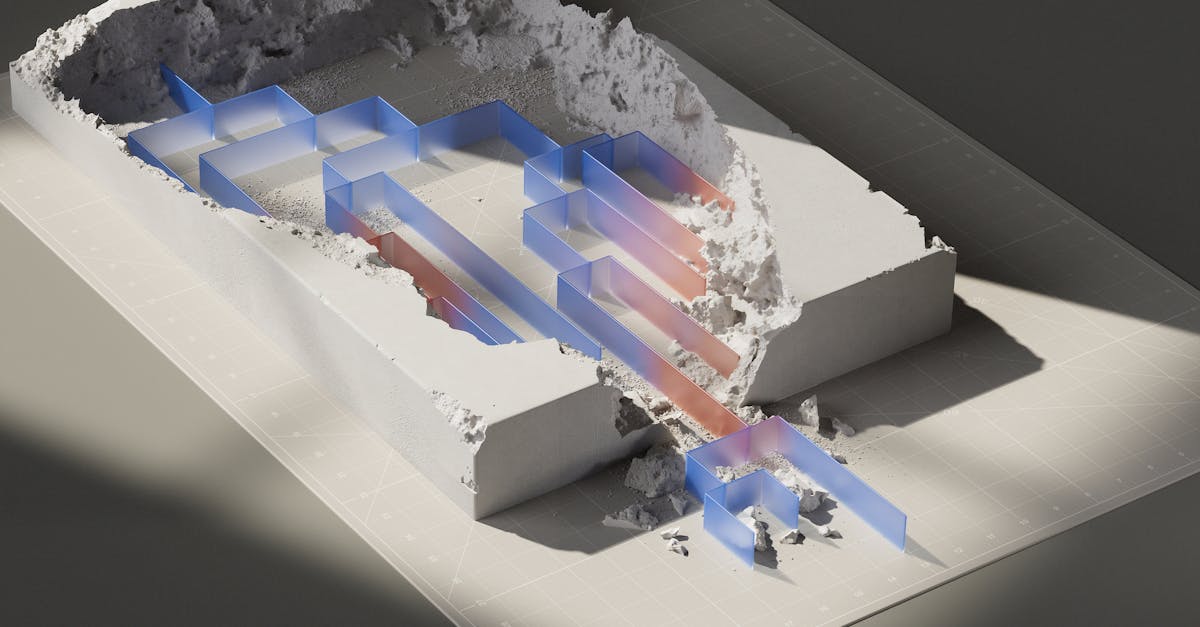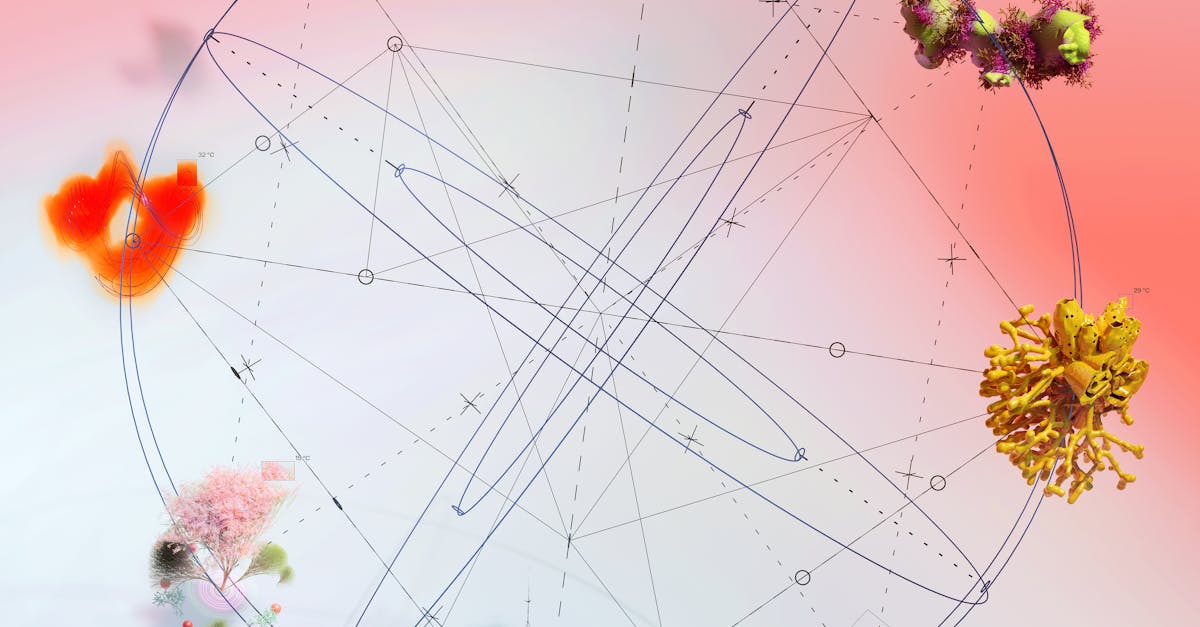
Table Of Contents
Implementing Automation for Efficient Watering
Implementing automation for efficient watering is a crucial aspect of modern irrigation systems. By incorporating smart irrigation controllers, Irrigation Design Chatham-Kent can optimize the watering schedule based on weather forecasts, soil moisture levels, and plant requirements. These controllers allow for precise and timely watering, reducing water wastage and ensuring that plants receive the appropriate amount of moisture.
One of the key advantages of automation in irrigation is the ability to remotely monitor and adjust watering schedules. With smart irrigation controllers, Irrigation Design Chatham-Kent can access real-time data on soil conditions and weather patterns, allowing for immediate modifications to the watering schedule as needed. This not only improves the overall efficiency of the irrigation system but also helps conserve water resources by avoiding unnecessary watering.
Smart Irrigation Controllers
Smart irrigation controllers are a crucial component of modern Irrigation Design Chatham-Kent. These innovative devices use weather data and soil moisture sensors to adjust watering schedules accordingly, ensuring more efficient water usage. By automatically tailoring irrigation cycles to specific conditions, smart controllers can significantly reduce water waste and promote healthier plant growth.
In addition to conserving water, smart irrigation controllers also contribute to cost savings and environmental sustainability. With the ability to optimize watering patterns based on real-time feedback, these controllers help minimize overwatering and reduce the risk of plant disease. Overall, incorporating smart controllers into Irrigation Design Chatham-Kent can enhance the effectiveness and efficiency of irrigation systems while supporting greener practices.
Dealing with Sloped or Uneven Terrain in Irrigation Design
Irrigation design in Chatham-Kent can prove to be a challenging task when dealing with sloped or uneven terrain. In such cases, it is important to consider implementing various erosion control measures to prevent soil run-off and ensure that water is evenly distributed across the landscape. This can include using mulch, retaining walls, or planting vegetation strategically to stabilize the soil and minimize erosion.
Moreover, when faced with uneven terrain in irrigation design in Chatham-Kent, grouping plants with similar water needs can be a practical solution. By clustering plants that require similar amounts of water together, it becomes easier to tailor the irrigation system to meet the specific needs of each group. This method not only enhances the efficiency of water usage but also simplifies the irrigation process, making it more manageable and effective on challenging terrains.
Erosion Control Measures
Erosion control measures are essential in maintaining the integrity and efficiency of irrigation systems. In Irrigation Design Chatham-Kent, incorporating strategies to prevent soil erosion around irrigation channels and plant beds is crucial. Mulching is a simple yet effective method that helps mitigate erosion by reducing the impact of water flow and protecting the soil from being washed away. By covering the soil with organic materials such as straw, wood chips, or compost, the risk of erosion is significantly minimized. Additionally, planting vegetation like grass or ground cover around the perimeter of irrigation areas can anchor the soil in place and further prevent erosion.
Another effective erosion control measure in Irrigation Design Chatham-Kent is the construction of physical barriers such as retaining walls or check dams. These structures help to break the flow of water, reducing its erosive force and allowing sediment to settle. By strategically placing these barriers along slopes or in areas prone to runoff, the soil is protected from being carried away by water. Implementing erosion control measures not only safeguards the soil but also contributes to the overall sustainability and longevity of the irrigation system.
Understanding the Water Requirements of Different Plants
Understanding the water requirements of different plants is crucial in effective Irrigation Design Chatham-Kent. Plants have varying needs when it comes to watering, with some requiring consistent moisture levels while others are more resilient to sporadic watering schedules. It is essential to group plants with similar water needs together in order to optimize water usage and ensure the health of the greenery in the landscaping project. By understanding the specific needs of each plant species, gardeners and landscapers can create an efficient and sustainable watering plan.
When arranging plants in a landscape, it is important to consider not only their water requirements but also their placement in relation to each other. Plants that require a lot of water should be grouped together, separate from those that have low water requirements. This not only ensures that each plant receives the necessary amount of water but also helps prevent overwatering of plants that are more sensitive to excess moisture. By carefully designing the layout of the irrigation system based on the water needs of different plants, gardeners can promote healthy growth and optimize water usage in Irrigation Design Chatham-Kent.
Grouping Plants with Similar Water Needs
Grouping plants with similar water needs is a strategic approach in Irrigation Design Chatham-Kent that can optimize water usage and promote healthier plant growth. By categorizing plants according to their water requirements, it becomes easier to create irrigation zones that deliver the right amount of water to each group. This method not only conserves water but also ensures that plants receive adequate hydration without the risk of overwatering or underwatering.
When grouping plants with similar water needs, it is essential to consider factors such as the type of soil, sun exposure, and root depth. By understanding the specific requirements of each plant species, irrigation systems can be customized to suit their needs efficiently. This approach not only benefits the plants but also simplifies the maintenance process, making it easier to manage the overall health and vitality of the landscape.
FAQS
How can automation improve the efficiency of irrigation systems?
Implementing automation through smart irrigation controllers can help in optimizing watering schedules and ensuring that plants receive the right amount of water at the right time.
What are some measures to control erosion in irrigation design?
Erosion control measures such as using mulch, planting cover crops, and creating swales can help prevent soil erosion in sloped or uneven terrain.
Why is it important to understand the water requirements of different plants in irrigation design?
Understanding the water needs of different plants is crucial for creating a layout that ensures each plant receives adequate water without wastage or overwatering.
How can grouping plants with similar water needs benefit an irrigation system?
Grouping plants with similar water requirements together can help in optimizing irrigation layouts by ensuring efficient water distribution and reducing water waste.
What role do smart irrigation controllers play in the best layout for irrigation?
Smart irrigation controllers can help in creating an efficient irrigation layout by automatically adjusting watering schedules based on factors such as weather conditions and plant water requirements.






